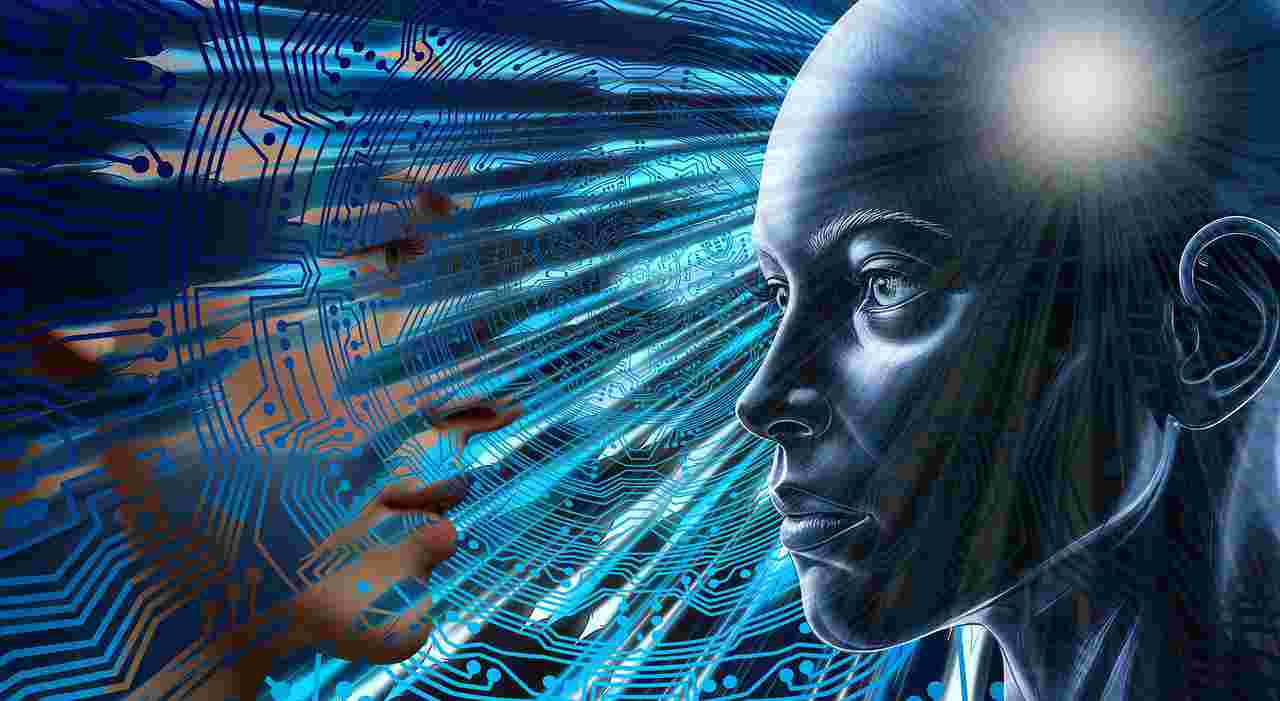Walk into any modern home, office, or shop floor, and chances are you're surrounded by machines quietly sending and receiving data—phones, sensors, smart TVs, even fridges. But where does all that information go? And how fast does it get processed?
This brings us to two key players behind the scenes: cloud computing and edge computing. They’re both part of how today’s technology works, but each handles data in a different way. As 2025 unfolds, the question isn’t about which one wins—it’s about which one fits the moment.
What Do These Terms Really Mean?
Let’s keep it simple.
Cloud computing is like renting someone else’s computer over the internet. Instead of relying on your device to do all the work, it sends your data off to massive data centers—think of them as giant digital warehouses. That’s where your apps, files, photos, or business reports get stored and processed.
Edge computing, by contrast, keeps things closer to home. Rather than sending everything away to be handled somewhere far off, edge devices try to deal with the data right where it’s created. It’s a bit like handling a task on the spot instead of calling your office in another city to do it for you.
So, Why Is Edge Computing Gaining Attention?
Imagine you’re wearing a fitness tracker. It notices a strange spike in your heart rate. You probably want that information analysed right away—not uploaded, processed in a remote server, and then returned minutes later. Edge computing allows the device to handle that information immediately, without waiting.
The same idea applies to cars that drive themselves, or machines in a factory that need to stop if something’s wrong. In those situations, every second counts. You can’t afford delays.
That’s why edge computing is becoming more common. It’s quicker, doesn’t always need the internet, and helps devices respond faster. With the rise of smart gadgets, automation, and 5G networks, more devices are doing their thinking on-site.
Does That Mean the Cloud Is Old News?
Not at all. The cloud is still extremely useful—it’s just used for different things.
Let’s say you're a small business owner. You’re storing records, keeping your website online, managing customer orders, and backing up files. You don’t want to set up a dozen servers in your office. Cloud services take care of that for you.
Or imagine a global video platform like YouTube. It needs to store and stream millions of videos. That kind of scale is only possible because of cloud infrastructure. It's reliable, roomy, and easy to access from anywhere.
So while edge computing is great for reacting quickly, the cloud is still king when it comes to storing data, running big programs, or working with information over the long haul.
Real-World Use: Who’s Using What?
Both edge and cloud computing are everywhere—you just might not realise it.
-
In stores: Smart shelves track how products are moving. The shelf uses edge computing to react quickly—like adjusting digital signage—while the cloud keeps records for managers to check later.
-
In factories: Machines check themselves for wear and tear using edge processing. But broader performance trends are stored in the cloud for future planning.
-
In smart homes: Your voice assistant understands simple commands immediately (edge), but it needs the cloud to answer trivia or play music.
This mix is becoming standard. Most companies use a bit of both—handling quick decisions on the spot and storing everything else in the cloud.
Are There Any Downsides?
Sure. Edge computing has its challenges. If you have thousands of devices all working in different places, keeping them updated and secure isn’t easy. Each one becomes a point of concern—if one’s not protected properly, it could cause trouble.
On the other hand, cloud computing depends on a good internet connection. And since it’s managed by outside companies, there’s always some risk in terms of data control, especially with stricter rules on privacy and location of storage.
That’s why many teams today are creating balanced systems. The goal is simple: let edge devices handle fast responses, and let the cloud do the heavy lifting when there’s time and bandwidth.
What This Means for Students and New Engineers
As this shift plays out, it’s also changing what young engineers need to learn. It’s not just about writing code anymore. Understanding networks, real-time systems, and device-level decision-making is becoming just as important.
That’s why many colleges are updating their courses and labs. The best private engineering colleges in India are already offering practical training in edge computing, embedded systems, and smart networking—preparing students to build for a future that blends both edge and cloud.
So, What’s More Useful in 2025?
That depends on what you're trying to build.
If your goal is speed—like making a drone avoid obstacles in flight—then edge computing is a better fit. If you're crunching years of sales data or hosting a service for thousands of users, cloud computing still leads the way.
What’s really happening now is a kind of partnership between the two. Devices handle quick tasks on their own and then pass on bigger jobs to the cloud when needed.
It’s not a rivalry. It’s a team effort.
In the years ahead, our phones, watches, machines, and appliances won’t just be smart—they’ll be smarter because they know when to act on their own and when to call in help. Whether you’re a student, developer, or just someone curious about how tech works, understanding both edge and cloud computing is no longer optional—it’s part of how today’s digital world runs, quietly but constantly.




